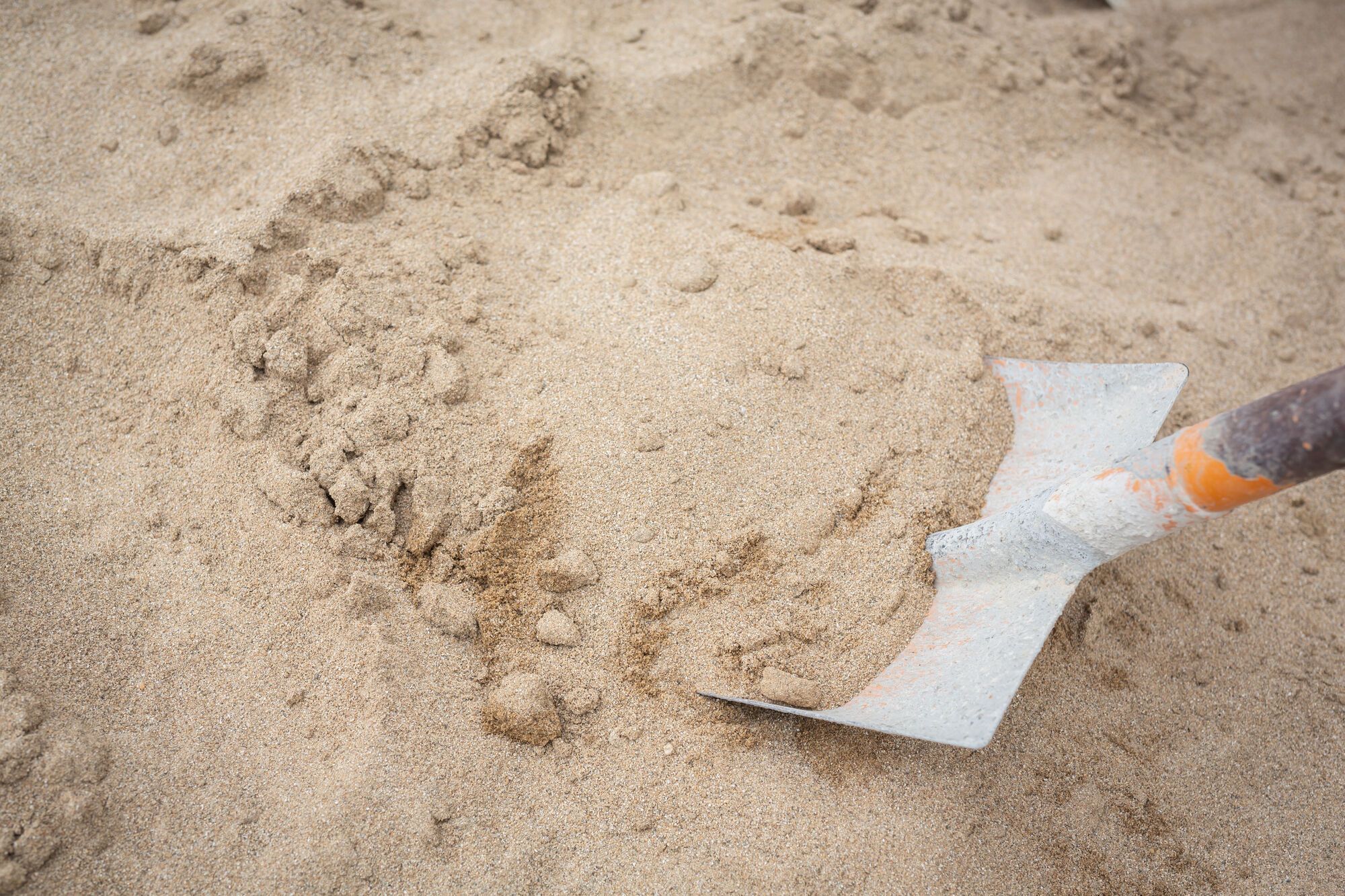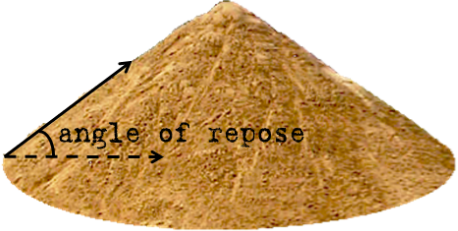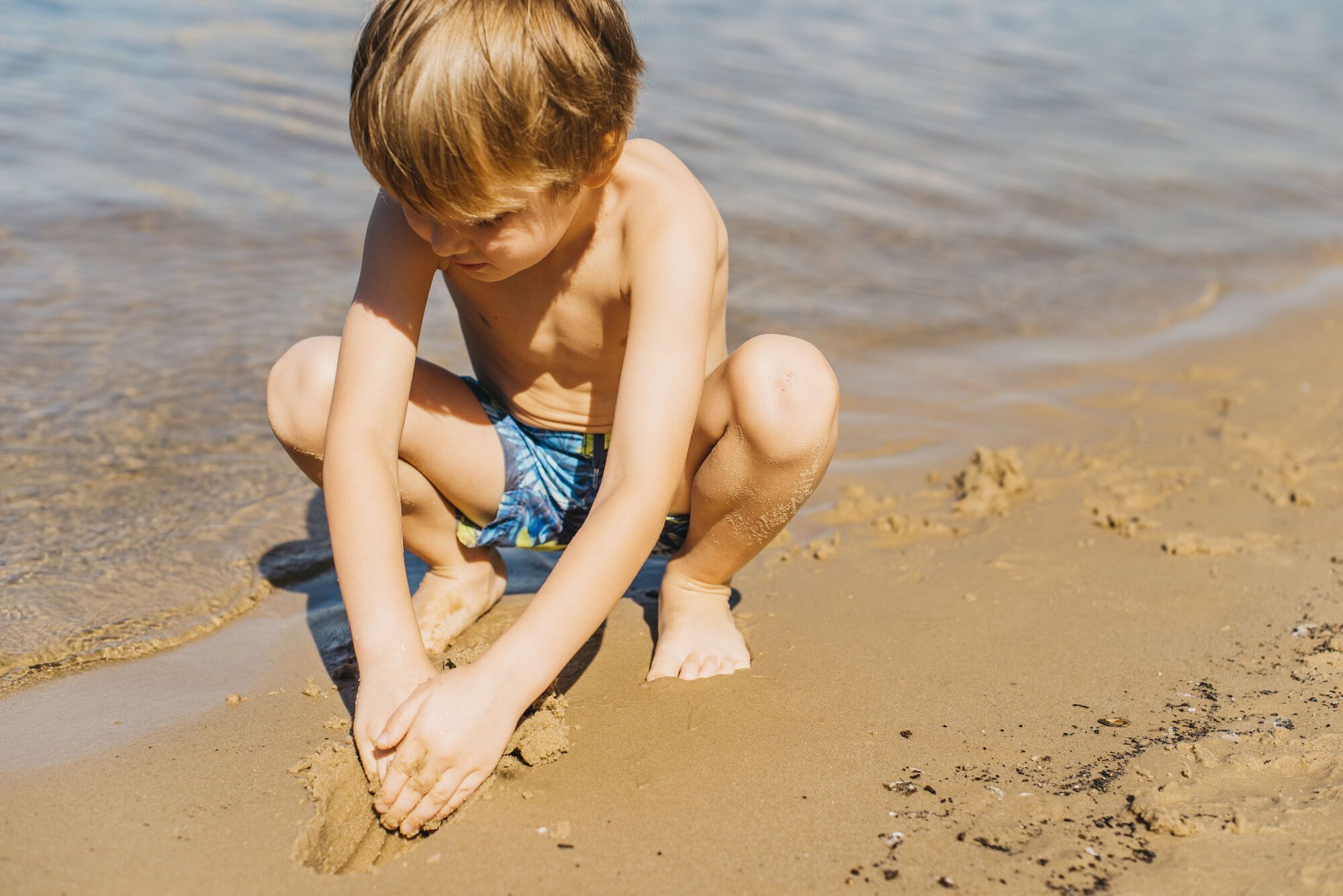News
Researcher explains the deadly dangers of digging holes on the beach: many people don't realize it
While relaxing by the water, children, and sometimes adults, like to dig holes in the sand, turning the process into a fun game. However, most of them have no idea that this pastime can have deadly consequences.
Steven Leatherman, a coastal science researcher, explained that the surface of dry sand is fragile and not stable enough, so the hole you make on the beach can easily collapse. Every year, the number of deaths from sedimentary rock slides is much higher than from shark attacks, ScienceAlert writes.
Sandy beaches are covered with small particles of natural material, each measuring from 0.06 to 2 millimeters in diameter. According to the researcher, depending on the composition of the rock, its weight and density change. The most common cover on the coasts is quartz sand, which is mainly composed of silica. Its dry weight is about 41 kilograms per 0.028 cubic meters. However, most beaches contain a mixture of minerals in the sand that give it a brownish tint and increase its weight to 59 kilograms.
When dry, the loose rock forms small mounds with a slope of about 33 degrees, called the natural slope angle, at which the small particles remain stable due to friction.
Sand remains most stable when wet because the surface tension between its constituents and water keeps the rock upright. However, as soon as the material dries, the hole you made will quickly collapse.
The sandy surface is not stable
If you dig a hole too deep in dry sand, the edges will start to crumble under your weight. In the process of destroying the hole, the brittle rock fills the entire space, leaving no access to oxygen, so if a person falls into this trap, they will have 3-5 minutes to rescue them.
Professional rescuers perform body release operations using lightweight boards that are placed across the opening to distribute the weight evenly. No more than 3 people must be above the collapsed pit at the time of rescue to avoid aggravating the situation.
In order not to provoke risky situations, coastal science researcher Steven Leatherman advises not to dig a hole that is deeper than knee height. The maximum depth of the hole should not exceed 0.6 meters.
Only verified information is available on the OBOZ.UA Telegram channel and Viber. Do not fall for fakes!






























